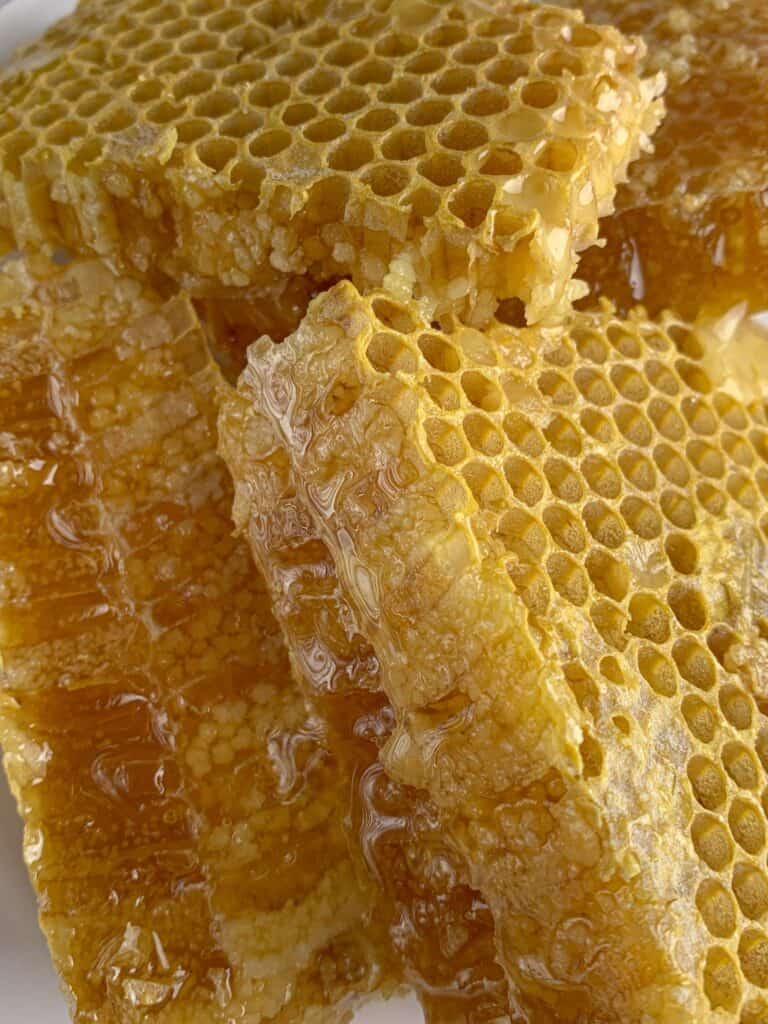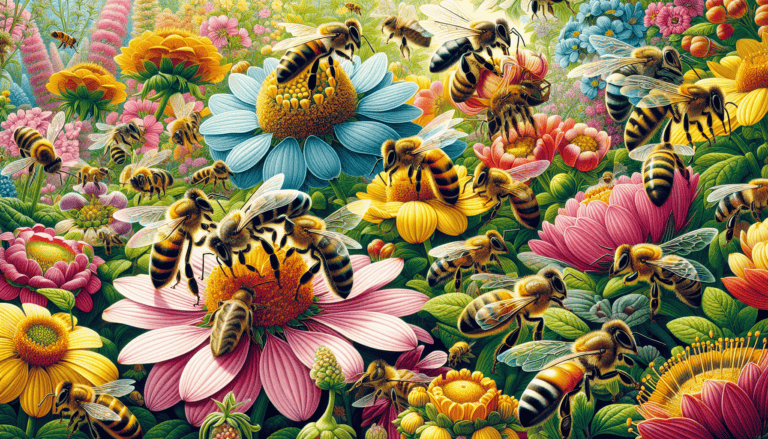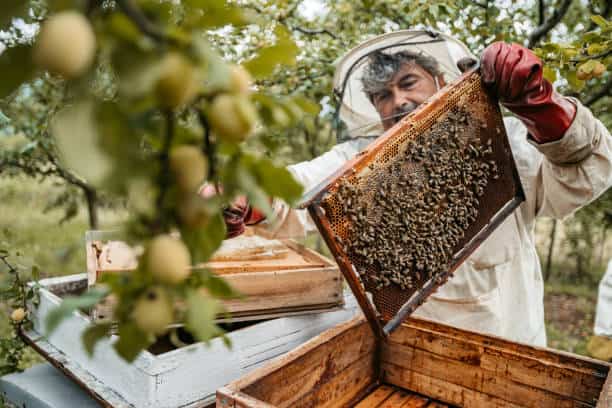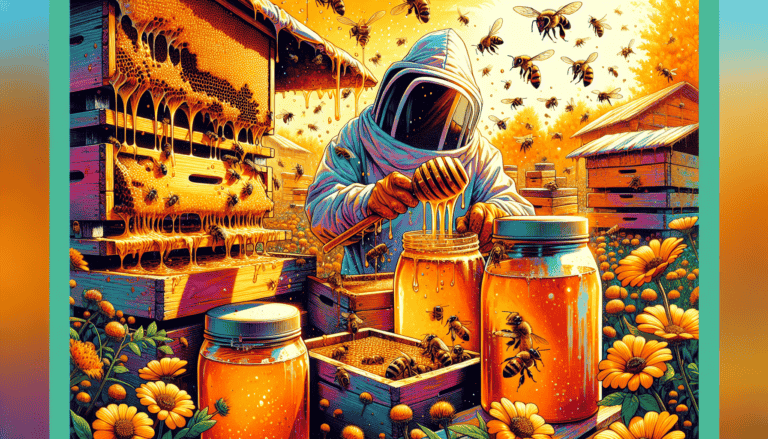Top Tips for Managing Bee Keeping Swarms Responsibly

In the realm of beekeeping, understanding the causes and management techniques for bee swarming is essential. Swarms are a natural occurrence as bees seek to establish new colonies, impacting how you oversee your hives. This manual will detail why bees swarm, indicators that warn of an impending swarm, and proactive measures to thwart and control such swarms effectively.
Key Takeaways
Swarming is a natural reproductive behavior of honey bees, crucial for colony growth and sustainability, typically occurring when colonies become overcrowded.
Recognizing early signs of swarming, such as queen cells and scout bees, allows beekeepers to intervene timely and prevent hive loss.
Effective swarm management involves both prevention strategies, like providing adequate space and monitoring hive conditions, and proper handling techniques to minimize disruption.
Understanding Bee Keeping Swarms
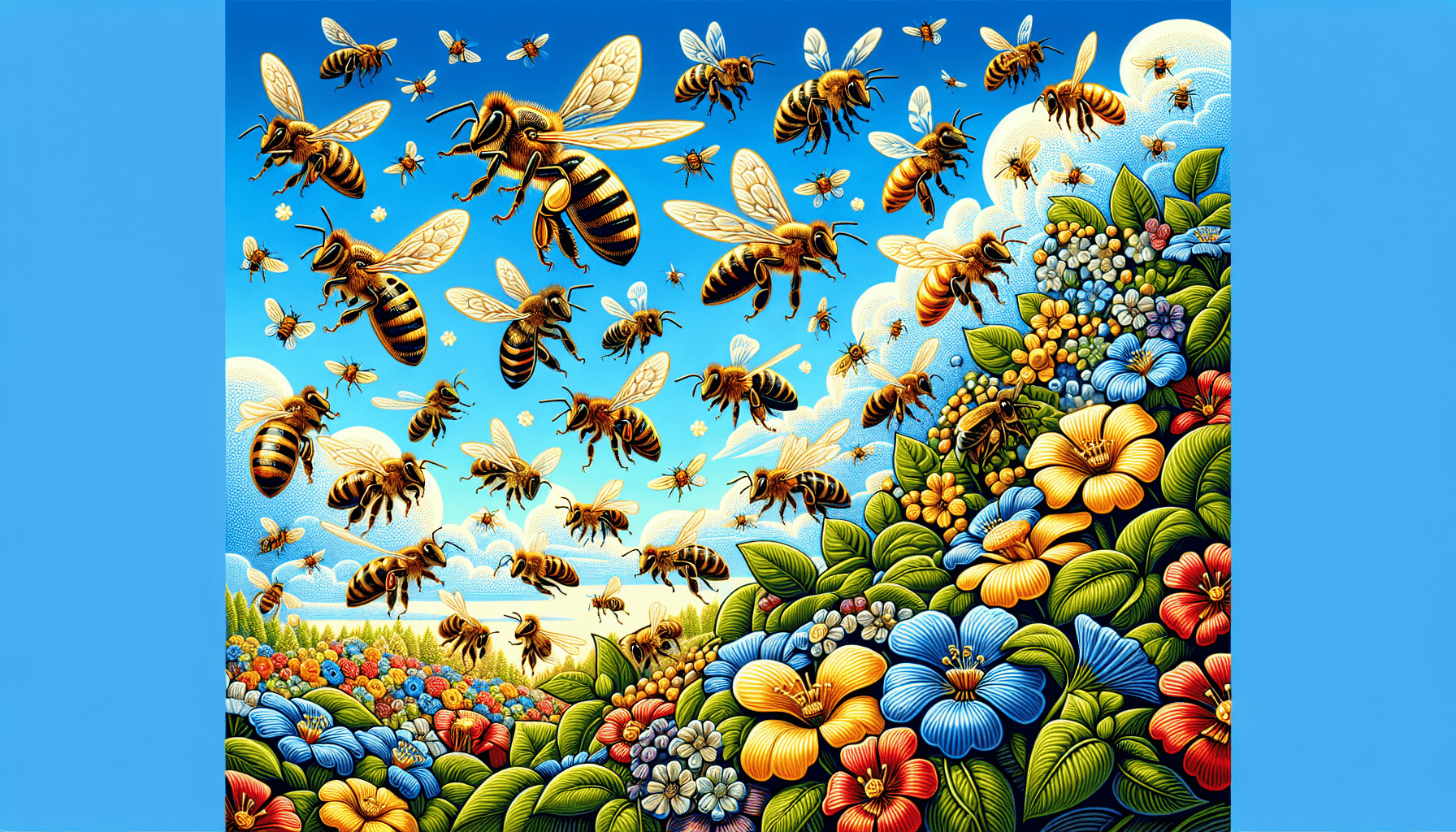
Bees swarming is an essential behavior within honey bee colonies, integral to their reproductive strategy. When the number of bees in a colony exceeds the capacity of their current home, they initiate a swarm, where approximately half the population departs with the reigning queen to form a new hive at another location. This phenomenon promotes expansion and continuity among honey bee populations by facilitating the creation of additional colonies.
As about 50% of bees leave during this event, it allows for continued survival and operation back at the original hive. Beekeepers who grasp these aspects can better steward their hives by predicting and managing such occurrences through an understanding of bee life cycles and patterns. Ultimately optimizing colony health and productivity.
Causes of Honey Bee Swarming
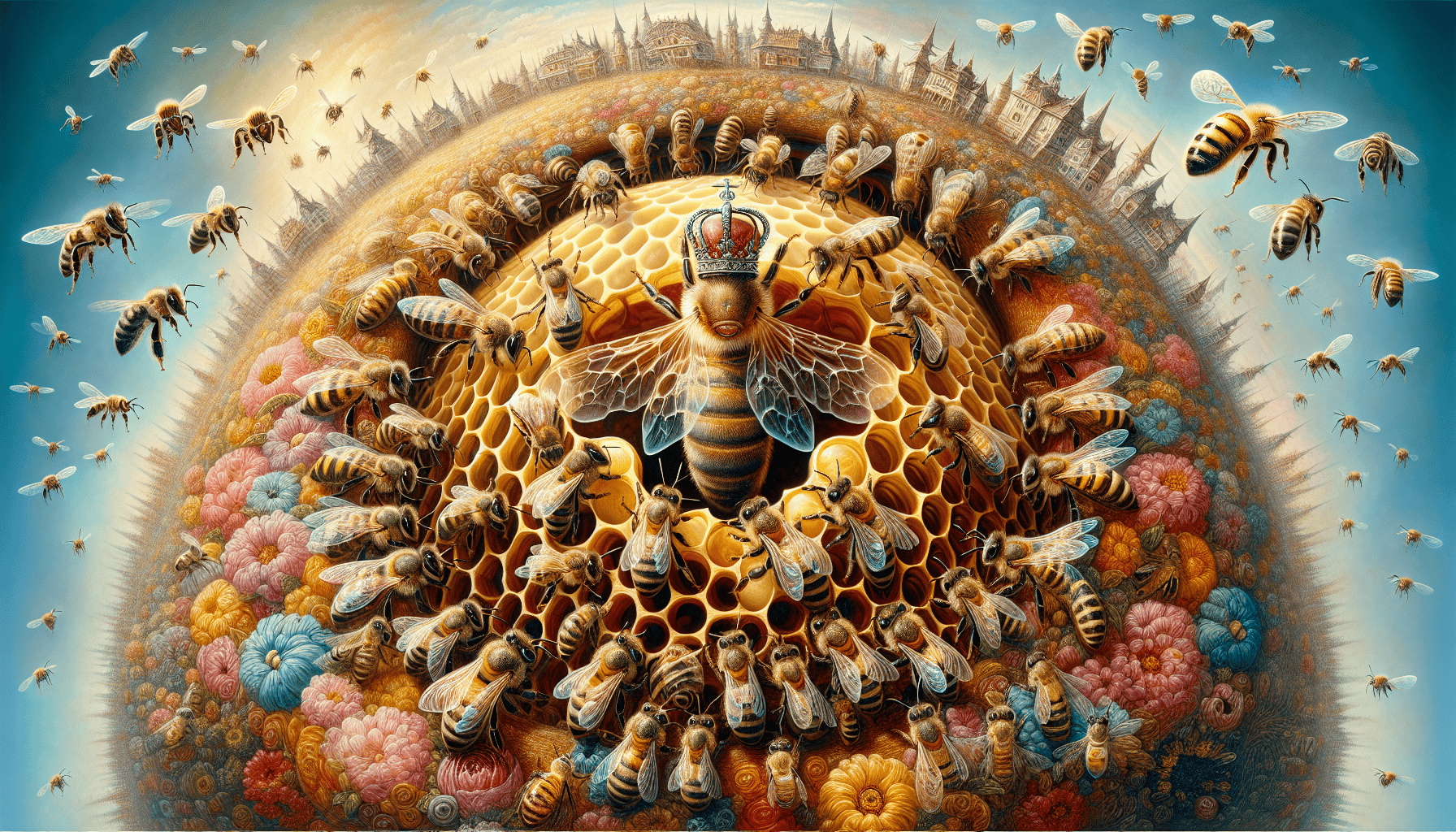
Honey bees may decide to swarm for several reasons, with overcrowding being a leading factor. As the bee population grows, available space dwindles within their hive. If the queen bee cannot produce enough pheromones due to this high population density, her ability to maintain colony cohesion decreases and swarming becomes more probable. Full frames of honey and brood also indicate that it might be time for some bees to seek out new accommodations.
The likelihood of swarming is affected by the queen’s age as well. Colonies led by older queens are more susceptible to swarms. With those led by younger monarchs. Environmental conditions such as elevated temperatures and humidity levels can make living conditions within the hive intolerable, encouraging bees toward forming a new colony.
When there is an ample supply of food resources around them, honey bees are often inspired to begin anew elsewhere since favorable surroundings present an ideal opportunity for establishing a fresh colony. Beekeepers who understand these inducements can take steps toward crafting environments inside hives that discourage swarming thus preserving stable hive populations.
Identifying Swarming Signs
As the primary swarm season nears, it is essential for beekeepers to be vigilant and look out for key indicators that suggest a hive is preparing to swarm. This includes observing an increase in queen cell construction and alterations in typical worker bee activities, such as reduced foraging or pursuing the queen throughout the hive.
Of particular importance are two tell-tale signs: the presence of queen cells within the hive and scout bees on search missions outside of it—both vital clues pointing toward preparations involving a virgin queen. These signals can help prevent swarms when noticed early by conscientious apiarists.
Queen Cells
The presence of queen cells within a beehive signals that the bees are ready for swarming. These specialized cells, designed to breed new queens, can usually be spotted around the periphery of brood frames. Among these are swarm cells and supersedure cells, as well as preliminary structures known as queen cups—swarm cells come into play when bees are on the verge of swarming, whereas supersedure cells appear primarily in instances where an existing queen is failing and tend to be located centrally on the brood frame. Queen cups bear resemblance to unopened peanuts and signify the commencement stage for forming a fully-developed queen cell.
When managing these sensitive elements such as queen cells, beekeepers must handle them with utmost caution since they are fragile entities prone to damage. Indicators such as jagged openings at their base signal that new queens have successfully hatched.
Upon her emergence from her cell, it’s common practice for an initial reigning new young monarch to often eradicate other nascent rival potential queens solidifying solitary power over colony hierarchy. Thus keeping this phenomenon under close surveillance followed by timely intervention becomes imperative in preventing hives losing population due to separation caused by part majority following outgoing old former Queens leading splinter groups called “Swarms”.
Scout Bees
Scout bees are essential during the swarming phase, venturing out from their original colony to pinpoint possible sites for establishing a new hive. They assess different locations meticulously, considering elements like space adequacy, protection from the elements, and access to necessary resources. These scout bees can be recognized by their distinctive flight maneuvers that include zigzagging as they scrutinize potential abodes.
Upon discovering an appropriate site for habitation, these pioneer bees journey back to their swarm and convey information about the location through a waggle dance. This ritual enables the entire swarm to reach a consensus on where they should set up their new community.
By keeping track of activities performed by scout bees, beekeepers gain insights into imminent swarming events which allows them to implement strategies preemptively.
The Swarming Process
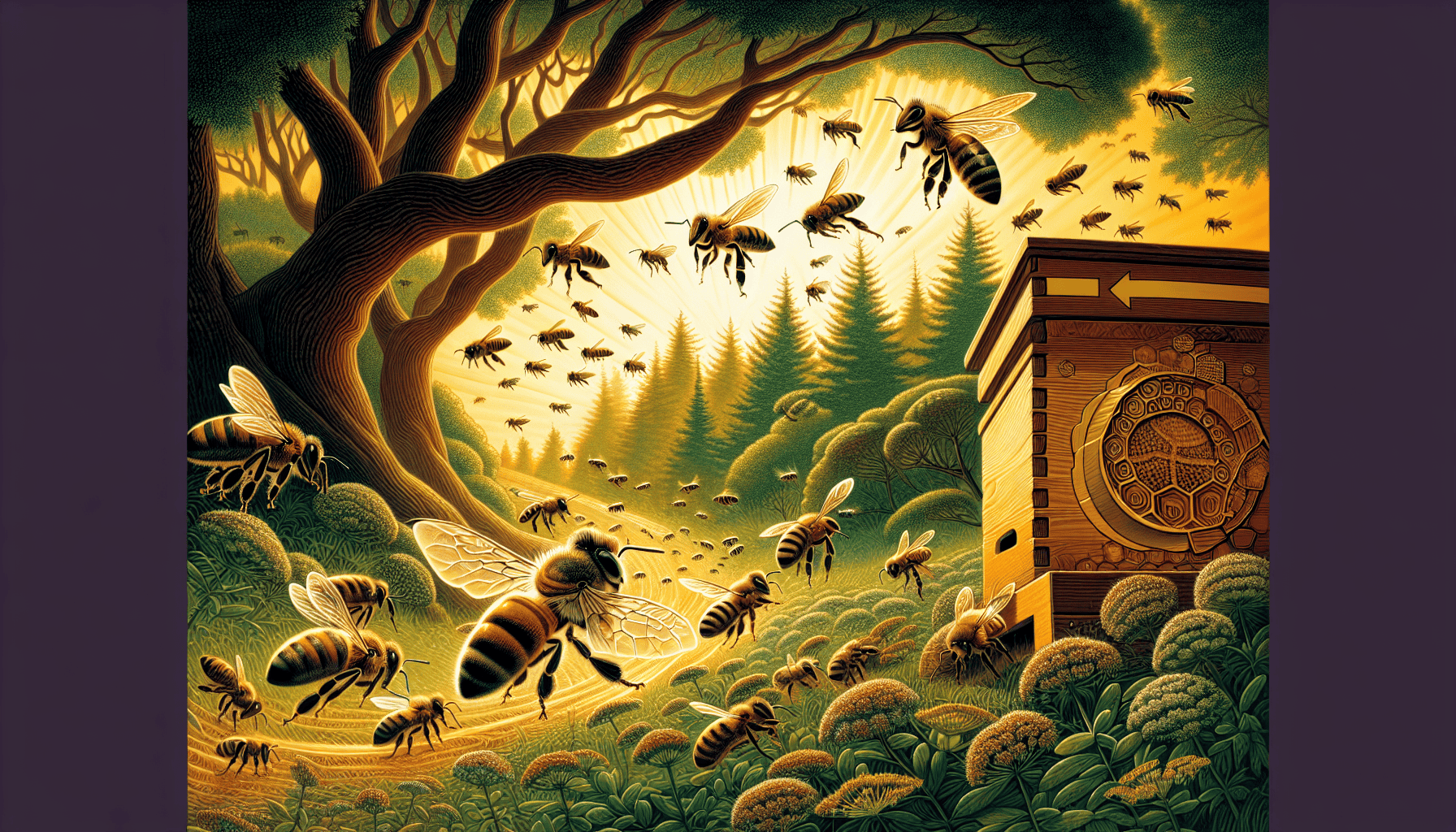
The process of swarming is both complex and captivating. It begins with the reduction of the queen’s diet by worker bees, facilitating her weight loss to enable flight readiness. During this time, swarm cells are constructed for potential new queens who will reach maturity as preparations proceed. The colony signals its readiness to swarm through the development and maturation of these vital queen cells.
Typically on a fair day between 10 AM and 2 PM, the bee population splits as they embark from their original hive. Accompanied by approximately half the workers and several drones, the old queen takes flight leading them out where they briefly gather close by in a temporary congregation known as a cluster. Here scout bees take up an essential role—they set off in search of an optimal location for establishing their new habitat while relaying possible sites back to others utilizing intricate waggle dances during this interim assembly.
Upon identifying an ideal home base via consensus among scouts, all members relocate there forming a fresh colony collectively with swift efficiency. Therein lies within weeks post-swarm movement or even sooner (sometimes merely three days after mating), it is feasible that a newly appointed queen begins laying eggs Cementing establishment efforts at hand which notably grants insight into effectively managing expectations around such natural phenological occurrences amongst apiarists keen on maintaining harmonious integration within beehives under their care.
Timing of Swarms
The primary swarm season, when bee swarms are most prevalent, usually runs from March to May. This phase aligns with the spring bloom that offers an abundance of flowers for bees to feed on. Nevertheless, swarming can happen in summer too if the conditions inside the hive become excessively hot.
Warm days between 10:00 AM and 2:00 PM are prime time for bee swarms to depart their hives. Beekeepers who are aware of this timing can remain alert during these hours and implement strategies to control their colonies effectively.
Are Swarming Bees Dangerous?

Many people worry about the risk posed by swarming bees, but in reality, honey bees during a swarm are usually not aggressive because they lack a hive to defend. Consequently, without a hive as their charge, these bees tend to be more docile and have less inclination to sting.
Nevertheless, it is wise to maintain distance from any cluster of swarming honey bees until they come to rest. Should you encounter such a swarm of honey bees, it’s wiser still to reach out for assistance from local beekeepers rather than exterminators. This way the beekeeper can move the swarm effectively without inflicting harm upon the insects.
It’s also advisable that if one finds oneself near honey bees – whether or not they’re swarming – wearing light-colored attire could reduce potential agitation among them since dark hues might stir up hostility through resemblance with their natural predators.
Managing Swarms
Effectively managing swarms requires proactive prevention strategies as well as efficient response measures for when swarms do occur. Preventing bees from swarming can often be achieved by providing ample space within the brood nest and applying methods such as Demaree to discourage this behavior. Being prepared with the right tools and establishing connections with nearby beekeeping groups is crucial for addressing swarm situations promptly.
Delving in depth. Into these tactics will yield a more comprehensive understanding of how they work in practice.
Preventing Swarms
To deter swarms, it’s essential to ensure the colony has ample room. Introducing additional frames of drawn comb and unused foundation into the brood boxes can help suppress the urge to swarm. Conducting frequent hive inspections is crucial for detecting and excising queen cells prior to their sealing.
Routinely replacing queens every couple of years may decrease swarming occurrences. Certain apiculturists opt to trim the queen’s wings, which stops her from departing with a potential swarm. Through early recognition and intervention in regards to swarm preparations, beekeepers are able to markedly diminish the chances of swarming taking place.
Handling Swarms
Should a swarm become inevitable, effective management becomes paramount. Employing the use of a Flow swarm kit and readying oneself to capture the swarm can prove useful. Swift action in securing and hiving the bees is critical for retaining bee numbers within your apiary.
In dealing with swarms, local beekeeping groups offer substantial support by connecting you with experienced swarm collectors. Handling swarms promptly and efficiently guarantees minimal disturbance and helps prevent the decline of the bee population.
Post-Swarm Hive Management
Once a swarm has taken place, it’s essential to tend to the bees left behind in the hive. The original colony will begin the process of developing a new queen, which may temporarily interrupt their regular brood rearing activities. Close observation is necessary to confirm that this new queen starts laying eggs promptly so as to recuperate the numbers within the community.
It’s beneficial for beekeepers to prevent swarming until after bees have accrued ample food supplies—this contributes significantly towards their survival during winter times. Recording observations from hive checks can provide valuable insights into bee behavior and overall well-being. Excessive early honey harvest should be avoided as it could deplete critical resources needed by bees when colder weather hits.
To preserve both health and productivity post-swarm requires diligent attention: maintaining sufficient stores of nourishment and carefully watching over the newly introduced queen are paramount considerations for sustaining a strong and thriving bee population.
Benefits of Swarm Prevention
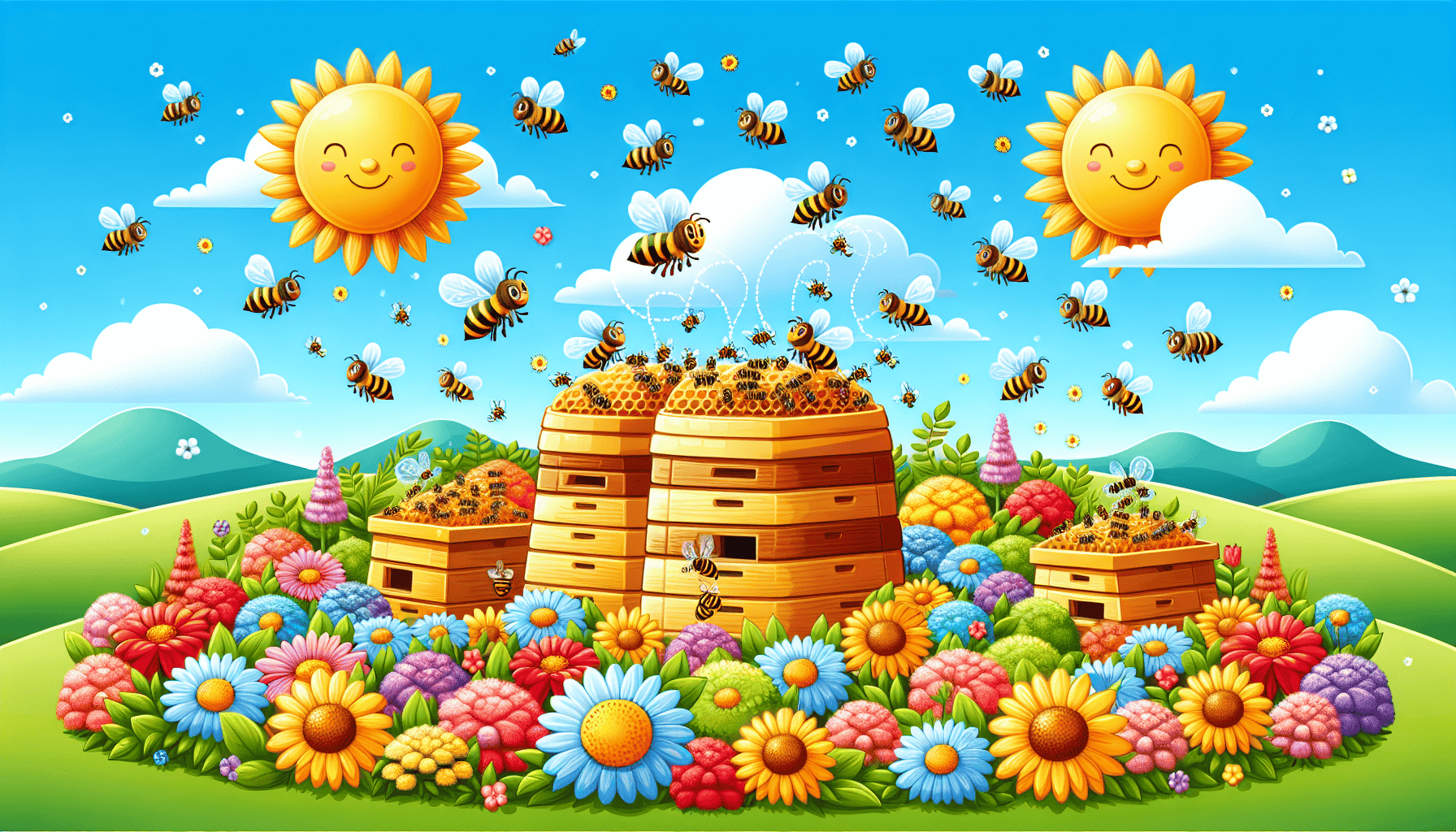
Swarm prevention is beneficial for beekeepers as it keeps the colony robust by minimizing the loss of worker bees, crucial for producing honey. By managing swarms effectively, not only does honey production improve, but there’s also room for expanding the number of colonies.
Swarm control significantly boosts honey yields since swarming often reduces the workforce within a hive. Beekeepers who adopt strong measures to prevent swarming can ensure maximized honey output and foster healthier bee colonies.
Common Mistakes in Swarm Management
Numerous beekeepers overlook the initial indicators of swarming, which often results in lost hives. The tendency to downplay how much hive overcrowding contributes to this issue is widespread and is a key factor for bees deciding to swarm. Inadequate management of the conditions within the hive, such as ensuring there is enough ventilation, can also incite swarming.
Neglecting the steps that bees take when preparing to swarm may cause disorganized swarming events and complications in managing them effectively. It’s critical for beekeepers to consistently inspect their hives for queen cells and eliminate these cells upon discovery. Implementing sound apiary practices like introducing new young queens can aid in preserving colony harmony and averting unnecessary swarms.
Not paying attention to when swarms typically occur can lead one not being ready at pivotal moments for effective intervention with regards to coping with them. Beekeepers who steer clear of these prevalent blunders have a better chance at successfully overseeing responsible swarm control measures.
Summary
Managing bee swarms responsibly is a critical aspect of beekeeping that ensures the health and productivity of honey bee colonies. By understanding the causes and signs of swarming, beekeepers can take proactive measures to prevent it. Effective swarm management not only maintains a strong colony, but also enhances honey production and colony expansion.
In conclusion, responsible swarm management involves timely interventions, regular inspections, and adopting preventive measures. By avoiding common mistakes and implementing best practices, beekeepers can keep their colonies thriving. Remember, a well-managed hive is a productive and healthy hive.
Frequently Asked Questions
Why do honey bees swarm?
The behavior of bees swarming is chiefly a response to reproduction that occurs naturally when there’s overcrowding, insufficient queen pheromones, and favorable environmental conditions.
Such actions are critical for the continuation and growth of a honey bee colony.
How can I prevent my bees from swarming?
To inhibit swarming in your bee colony, it’s essential to provide ample space for the hive, carry out consistent inspections, meticulously remove queen cells that appear and carefully manage the age of your queen.
By adhering to these methods, you can foster a balanced hive environment and diminish the chances of bees resorting to swarming behavior.
Are swarming bees dangerous?
Bees in a swarm typically exhibit non-aggressive behavior as they lack a hive to protect.
If you encounter swarming bees, it is wise to maintain a safe distance and reach out to a beekeeper for assistance.
What should I do if my bees swarm?
Should your bees form a swarm, immediately prepare yourself to capture them with the assistance of a Flow swarm kit. It is also advisable to contact a nearby beekeeping group for additional support.
Acting swiftly will enable you to handle the event efficiently.
What are the benefits of preventing swarming?
By stopping swarming, you ensure a robust hive, boost honey output and encourage the possibility of enlarging your bee colonies.
In turn, this reinforces the well-being and yields from your apiculture activities.

